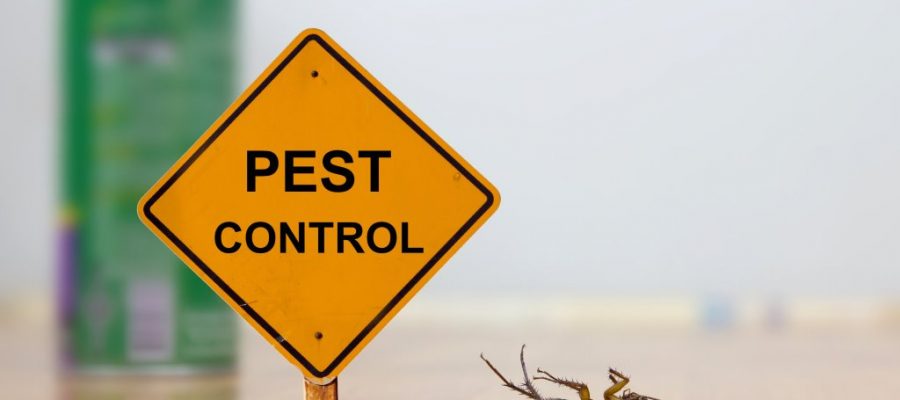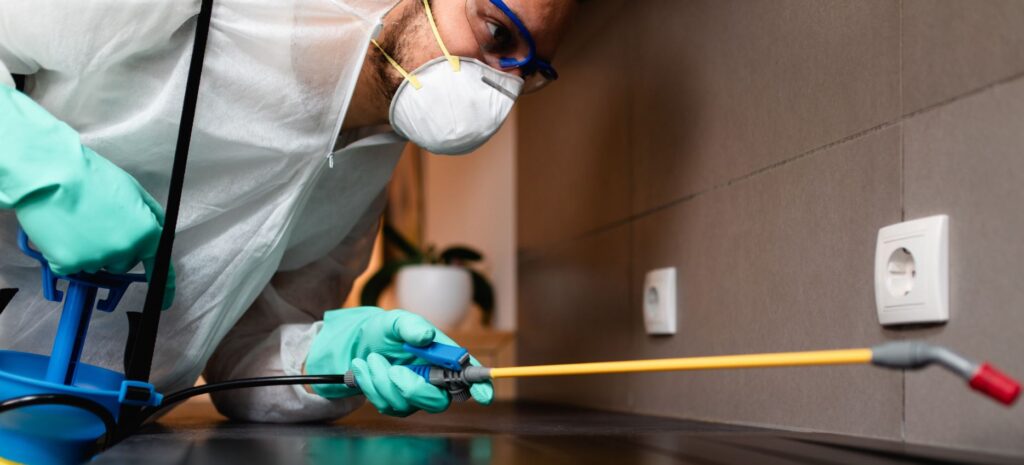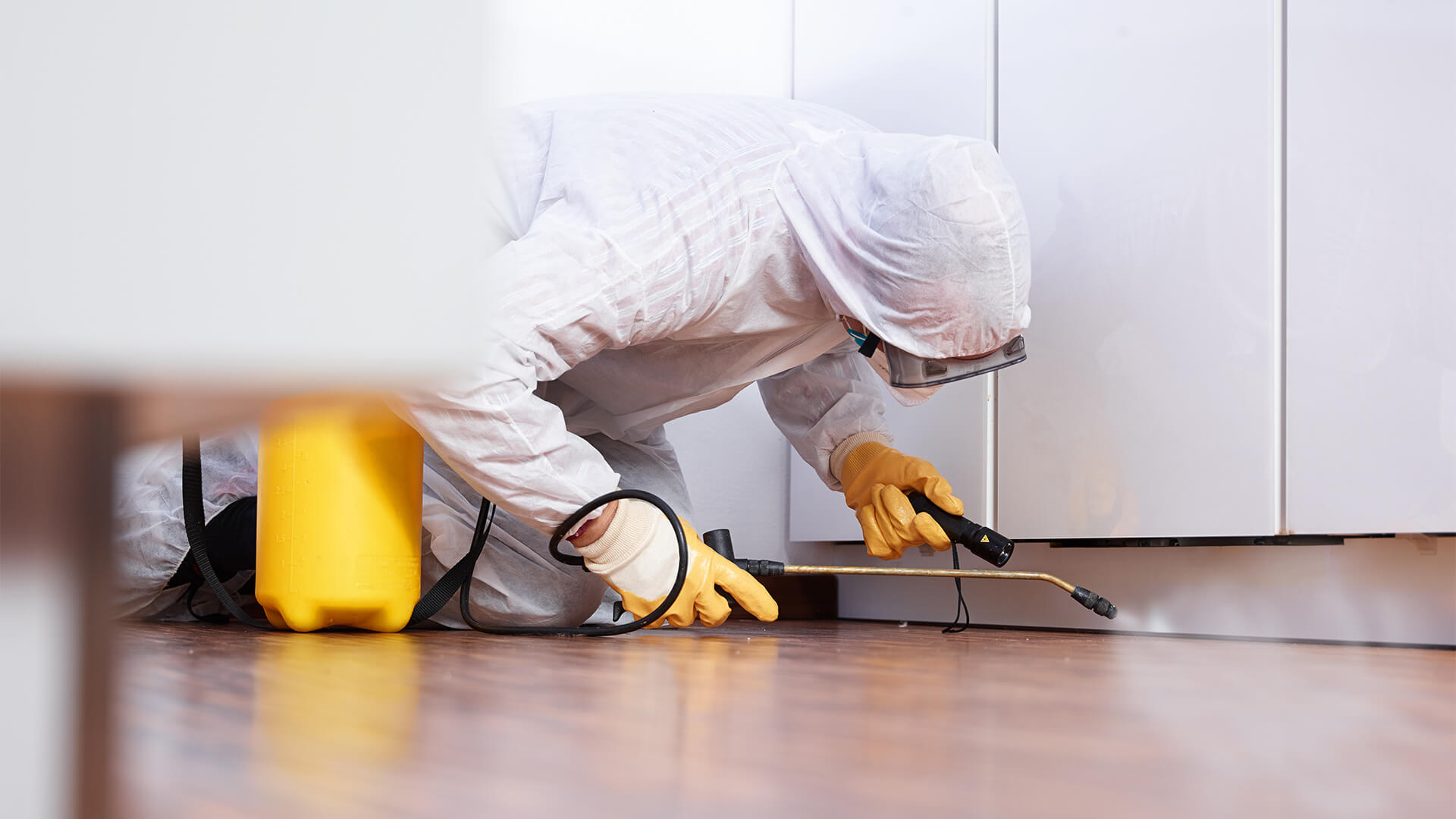Experienced Coquitlam Exterminator for Comprehensive Pest Removal
Experienced Coquitlam Exterminator for Comprehensive Pest Removal
Blog Article
Safe and Reliable Pest Control for Lasting Protection
Reliable insect monitoring requires a diverse strategy that balances environmental integrity with the requirement for reliable pest suppression. The subtleties of these approaches may not be promptly clear, motivating a closer assessment of the techniques that can lead to sustainable insect control end results.
Understanding Insect Control Techniques
Parasite control encompasses a variety of techniques aimed at handling and eliminating undesirable bugs and rodents that can threaten both wellness and home. Recognizing these approaches is crucial for effective insect administration.
The key groups of insect control techniques consist of mechanical, organic, and chemical strategies. Mechanical approaches entail physical obstacles and catches to stop pest entry and capture unwanted species. Utilizing screens on windows or using sticky catches can dramatically decrease parasite populaces without introducing hazardous substances - exterminator coquitlam.

Chemical parasite control is commonly the most identified technique, utilizing chemicals to eliminate parasites. These chemicals can be efficient yet need to be used with care to avoid negative effects on non-target varieties and the environment.
Advantages of Eco-Friendly Solutions
Exactly how can green remedies change pest control practices? The adoption of eco-friendly insect control methods provides various benefits, substantially improving the effectiveness and safety of pest management.

An additional benefit is the positive influence on neighborhood biodiversity. Environment-friendly services are designed to target details bugs while preserving beneficial pests and wildlife, advertising a balanced ecosystem. This strategy lines up with the growing customer demand for lasting practices, boosting the credibility of parasite control suppliers.
Integrated Insect Monitoring Techniques
The implementation of environment-friendly solutions normally leads to the fostering of Integrated Pest Administration (IPM) strategies, which additionally enhance insect control efficiency. IPM is an alternative strategy that integrates numerous techniques to manage insect populations while reducing ecological influence. This approach stresses the use of biological, social, mechanical, and chemical controls, making sure a sustainable and well balanced approach of bug management.
One basic aspect of IPM is the thorough evaluation of insect activity and ecological problems. By monitoring parasite populaces and recognizing their life process, experts can apply targeted interventions that interrupt the parasite's habitat or lifecycle, minimizing reliance on chemical pesticides. Additionally, social methods such as crop turning and habitat control can substantially reduce insect facility and reproduction.
An additional vital element is the use of biological control representatives, such as advantageous pests or microbes, which can normally reduce parasite populations. When chemical applications are required, IPM prioritizes the usage of low-risk pesticides and uses them precisely, decreasing exposure to non-target organisms and humans.
Incorporating IPM strategies not just boosts pest control performance but also promotes a safer ecosystem, aligning with the growing need for lasting methods in pest management.
Safe Practices for Homeowners
Recognizing the significance of safe techniques in bug control can empower house owners to properly manage insect concerns while safeguarding their wellness and the atmosphere. Applying safe methods and precautionary measures is critical in reducing direct exposure to dangerous chemicals.
Homeowners should initially analyze their setting for problems that draw in bugs, such as standing water, food, and mess waste. On a regular basis cleansing and sealing access factors can discourage insects from invading the home. Utilizing natural deterrents, such as vital oils or diatomaceous planet, can give effective alternatives to chemical pesticides.
When chemical treatments are needed, home owners should choose items that are particularly classified as safe for property use. It is vital to comply with application guidelines carefully to stay clear of overexposure. Making use of targeted treatments in locations where insects are determined, rather than blanket splashing, can considerably minimize chemical use.
Finally, keeping open interaction with parasite control experts is essential. Homeowners need to ask about the safety and security of products utilized and demand eco-friendly options whenever feasible. By embracing these risk-free methods, homeowners can develop a much healthier living setting while efficiently managing bug concerns.

Tips for Long-Term Protection
Establishing a pest management technique that emphasizes long-term protection can considerably boost the performance of the risk-free practices formerly discussed. To attain this, homeowners ought to implement normal inspections of their property, concentrating on hidden locations such as attics, cellars, and crawl rooms. Early discovery of bug activity is essential in preventing invasions from holding.
These methods lower attractants that attract bugs right into the home. Sealing entrance points, such as cracks around doors and windows, can successfully block potential parasite access.
Landscape design ought to likewise be thought about; maintaining plants trimmed and preserving a range in between plants and the home lessens hiding spots for insects. Making use of natural deterrents, such as essential oils or diatomaceous earth, can further discourage invasions without turning to rough chemicals.
Lastly, teaming up with an expert bug control solution for routine examinations can provide an extra layer of security. These experts can offer tailored suggestions and progressed treatments, making sure that your home continues to be protected versus pests in the long-term.
Verdict
In verdict, risk-free and dependable parasite control needs a diverse method that stresses eco-friendly techniques and incorporated parasite administration. By carrying out natural deterrents, carrying out routine evaluations, and maintaining appropriate sanitation, residential or commercial property owners can considerably lower pest populations while shielding advantageous insects and the setting. Partnership with expert pest control solutions boosts the effectiveness of these strategies, ensuring tailored remedies that supply enduring defense and tranquility of mind versus future problems.
Effective insect monitoring calls for a diverse approach that balances environmental integrity with the requirement for reliable pest suppression. The adoption of eco-friendly insect control methods offers countless advantages, significantly boosting the efficiency and security of pest management.The application of eco-friendly options naturally leads to the fostering of Integrated Bug Management (IPM) strategies, which better enhance pest control efficiency. exterminator coquitlam. By keeping track of i thought about this insect populations and identifying their life cycles, experts can carry out targeted treatments that interfere with the bug's habitat or lifecycle, lowering reliance on chemical pesticides.In conclusion, dependable and safe bug control needs a diverse technique that stresses environment-friendly techniques and integrated insect management
Report this page